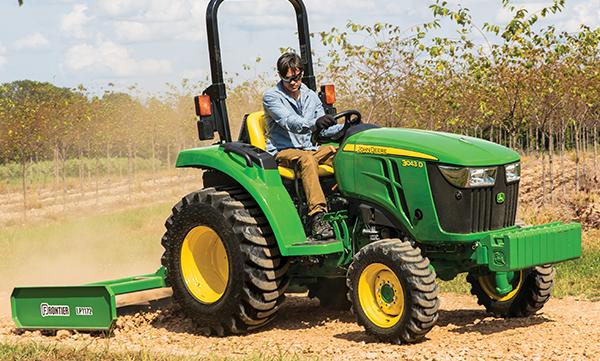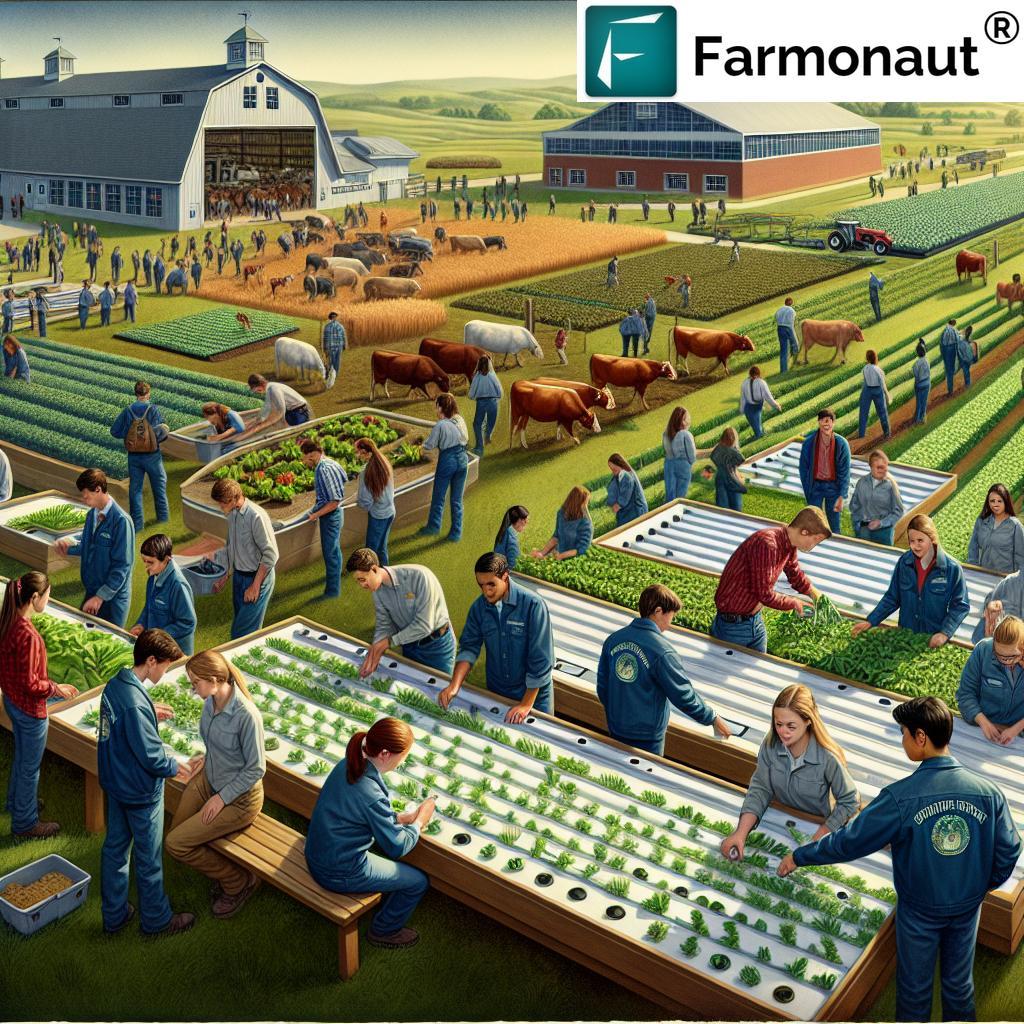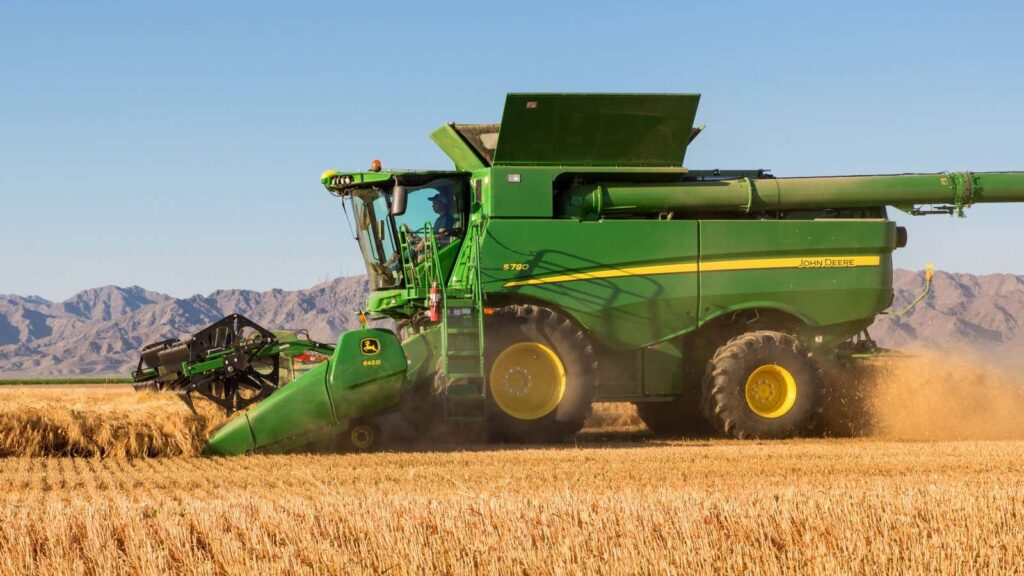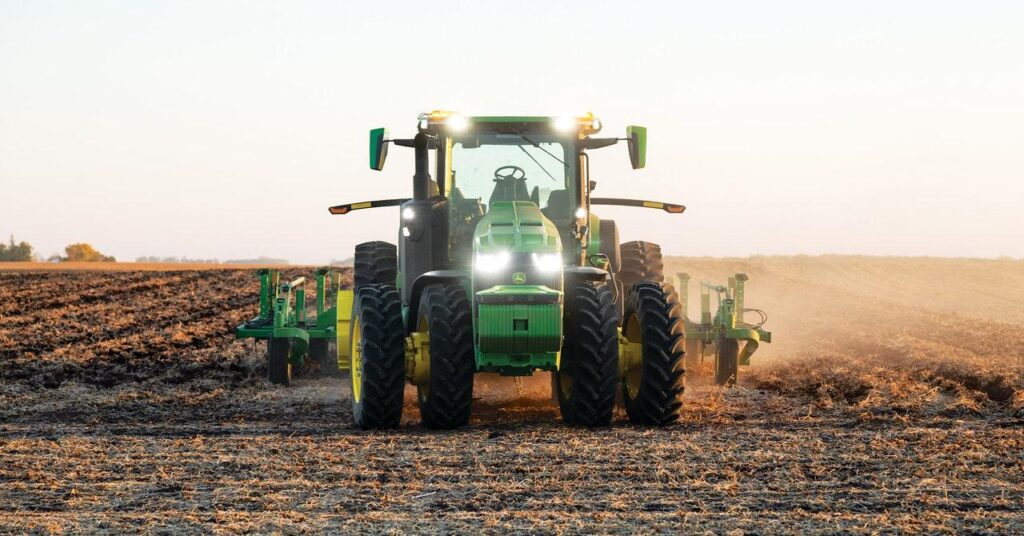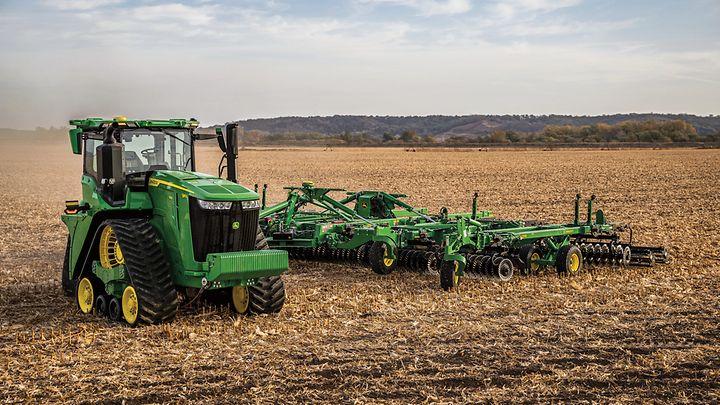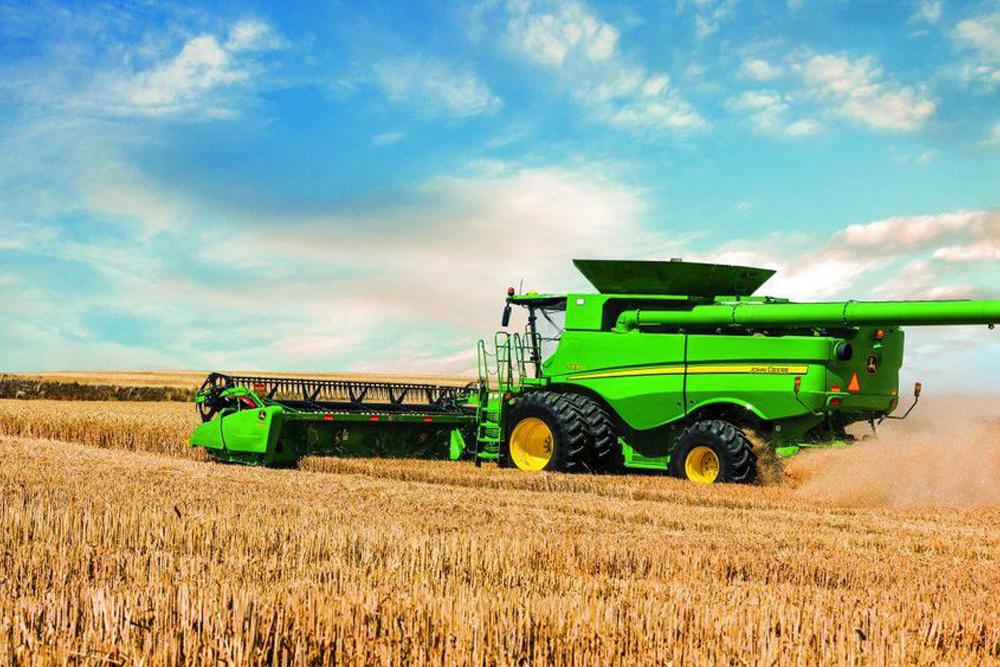The agricultural machinery market is experiencing a notable shift as traditional tractor sales decline amid the rising adoption of autonomous farming technologies. this trend,observed across major farming regions,reflects the industryS gradual transition from conventional equipment to self-operating vehicles and smart farming solutions. Recent market data indicates that while overall agricultural equipment spending remains stable, the distribution of investments is increasingly favoring automated systems over traditional manually-operated tractors. Recent market data reveals a significant decline in traditional tractor sales across major agricultural regions, coinciding with the rapid advancement of autonomous farming technologies. Industry analysts report a 15% decrease in conventional tractor purchases over the past year, marking the most significant downturn in the sector since 2008.
Agricultural equipment manufacturers are witnessing a shift in farmer preferences as autonomous solutions gain traction. These self-operating machines offer enhanced precision, reduced labor costs, and 24/7 operational capability. Major players like John Deere and CNH industrial have reported increased interest in their autonomous offerings, with pre-orders for self-driving equipment reaching record levels.The change is particularly evident in large-scale farming operations, where the adoption of autonomous technology has shown promising results. Farmers report productivity increases of up to 30% and operational cost reductions of 25% when implementing autonomous solutions. These systems utilize GPS guidance, artificial intelligence, and advanced sensors to perform tasks such as plowing, seeding, and harvesting with minimal human intervention.Financial institutions have taken notice of this trend, adjusting their lending policies to accommodate the higher initial investment required for autonomous equipment. Several agricultural banks now offer specialized financing packages designed specifically for autonomous machinery purchases, often with more favorable terms than traditional equipment loans.
Environmental factors are also driving this shift. Autonomous tractors demonstrate superior efficiency in fuel consumption and precision request of agricultural inputs, resulting in reduced environmental impact. Studies indicate a 20% decrease in fuel usage and a 15% reduction in chemical applications when utilizing autonomous systems.Labor shortages in rural areas continue to push farmers toward automation. With agricultural workers becoming increasingly scarce and wages rising, autonomous equipment presents a viable solution to workforce challenges.The technology allows farmers to operate multiple machines simultaneously with minimal staff, effectively addressing labor constraints.
Manufacturing facilities are adapting to this market evolution by retooling production lines. Traditional tractor assembly plants are being modified to accommodate the integration of autonomous components, requiring significant investment in new manufacturing processes and worker training.Small and medium-sized farms, though, remain cautious about fully embracing autonomous technology. The high initial cost and technical expertise required for implementation present barriers to adoption for smaller operations. Industry experts predict a gradual transition period where traditional and autonomous equipment will coexist as the technology becomes more accessible and affordable.
Agricultural equipment dealers are responding by expanding their service offerings to include technical support and training for autonomous systems. Many have established specialized divisions focused on autonomous technology integration and maintenance, recognizing the need to evolve their business models alongside changing farmer needs.